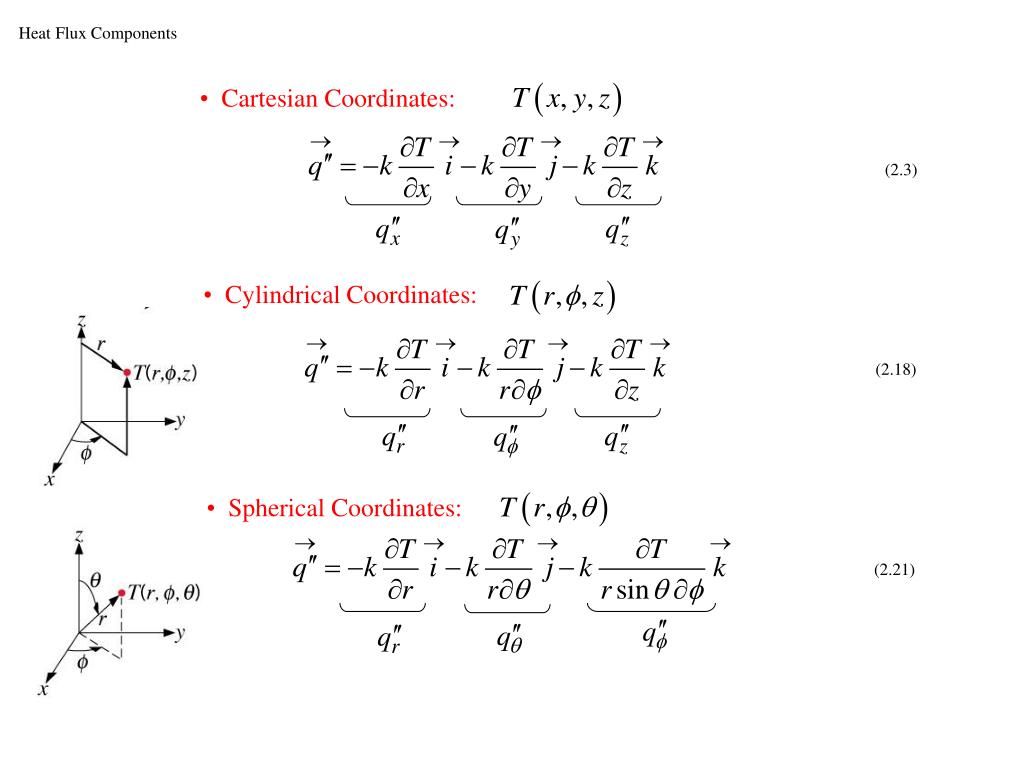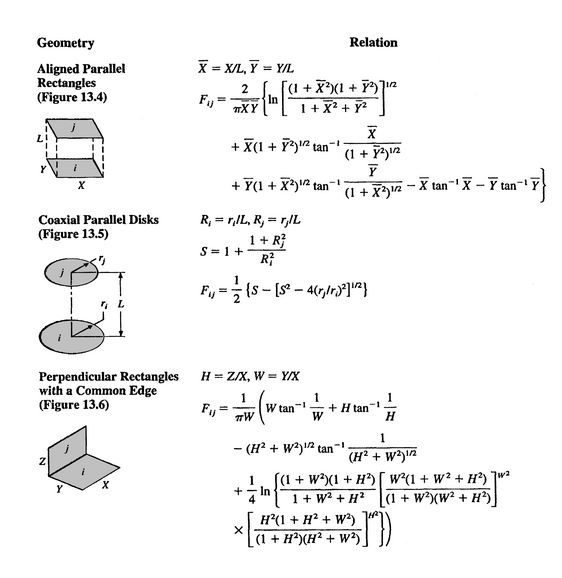


Overheating of the fuel is prevented by maintaining the steady state peak linear heat rate (LHR) or the Heat Flux Hot Channel Factor – F Q(z) below the level at which fuel centerline melting occurs. This low thermal conductivity can result in localised overheating in the fuel centerline and therefore this overheating must be avoided. The thermal conductivity is one of parameters, which determine the fuel centerline temperature. The thermal conductivity of uranium dioxide is very low when compared with metal uranium, uranium nitride, uranium carbide and zirconium cladding material. Fuel rods are base element of a fuel assembly. The surface of the tube, which covers the pellets, is called fuel cladding. These pellets are then loaded and encapsulated within a fuel rod (or fuel pin), which is made of zirconium alloys due to its very low absorption cross-section (unlike the stainless steel). The UO2 is pressed into pellets, these pellets are then sintered into the solid. On the other hand the uranium dioxide has very high melting point and has well known behavior. Uranium dioxide is a black semiconducting solid with very low thermal conductivity. Most of PWRs use the uranium fuel, which is in the form of uranium dioxide. In particular, diamond has the highest hardness and thermal conductivity of any bulk material. This trend is due largely to differences in intermolecular spacing for the two states of matter. In general, the thermal conductivity of a solid is larger than that of a liquid, which is larger than that of a gas. Similar definitions are associated with thermal conductivities in the y- and z-directions (k y, k z), but for an isotropic material the thermal conductivity is independent of the direction of transfer, k x = k y = k z = k.įrom the foregoing equation, it follows that the conduction heat flux increases with increasing thermal conductivity and increases with increasing temperature difference. Most materials are very nearly homogeneous, therefore we can usually write k = k (T). For vapors, it also depends upon pressure. The thermal conductivity of most liquids and solids varies with temperature. Note that Fourier’s law applies for all matter, regardless of its state (solid, liquid, or gas), therefore, it is also defined for liquids and gases. It is a measure of a substance’s ability to transfer heat through a material by conduction. The heat transfer characteristics of a solid material are measured by a property called the thermal conductivity, k (or λ), measured in W/m.K.


 0 kommentar(er)
0 kommentar(er)
